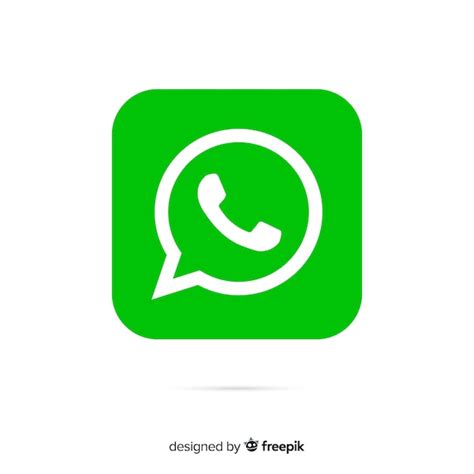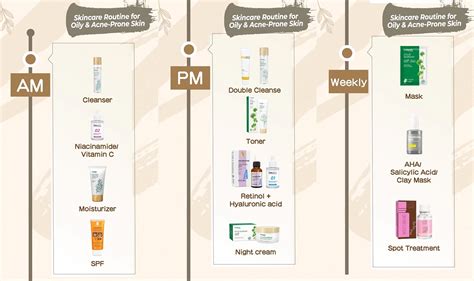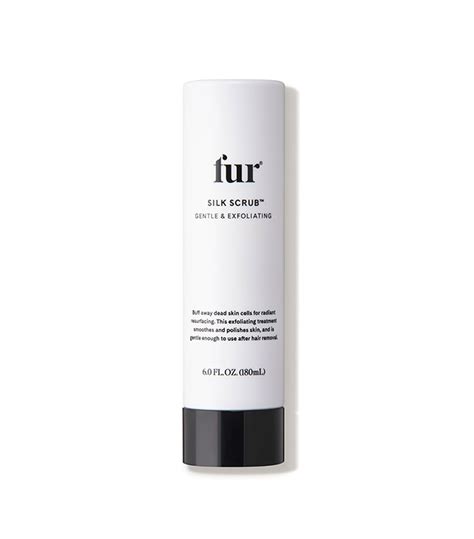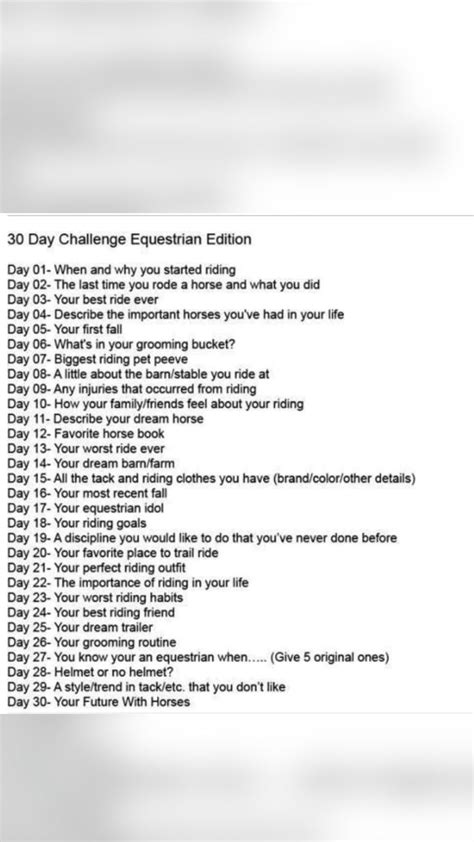How to prevent razor burn & ingrown hairs for a sharp, professional look?
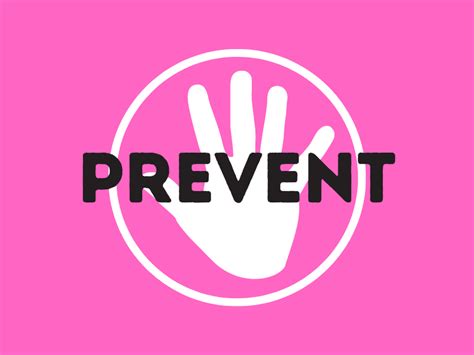
Mastering the Shave for a Flawless Finish
For many, shaving is a daily ritual, yet it often comes with unwanted guests: razor burn and ingrown hairs. These common skin irritations can undermine even the most meticulously chosen outfit, detracting from a sharp, professional image. Understanding the root causes and implementing a strategic grooming routine can transform your shaving experience, leaving you with smooth, irritation-free skin every time. Let’s delve into the essential steps to banish these shaving woes for good.

The Importance of Pre-Shave Preparation
A successful shave begins long before the razor touches your skin. Proper preparation is paramount to softening the hair, opening pores, and creating a smooth surface for the blade.
- Exfoliate Gently: 1-2 times a week, use a mild facial scrub to remove dead skin cells that can trap hairs and dull your razor. This also helps lift existing ingrown hairs to the surface.
- Warm Water & Steam: Shave after or during a warm shower. The steam and warm water soften your hair follicles, making them easier to cut and reducing tugging. If showering isn’t an option, apply a warm, damp towel to your face for a few minutes.
- Pre-Shave Oil: A thin layer of pre-shave oil creates an additional barrier between your skin and the blade, enhancing lubrication and reducing friction.

Mastering Your Shaving Technique
Your shaving method is perhaps the most critical factor in preventing irritation. Small adjustments can make a significant difference.
- Use a Sharp Blade: A dull blade is the primary culprit for razor burn. It pulls and tugs at hairs instead of cutting cleanly. Replace your razor blade or cartridge every 5-7 shaves, or sooner if you feel any discomfort.
- Quality Shaving Cream/Gel: Opt for a rich, moisturizing shaving cream or gel that creates a thick lather. This cushions the blade and helps it glide effortlessly. Avoid aerosol foams with harsh chemicals. Apply generously and let it sit for a minute or two to further soften hairs.
- Shave With the Grain: Always shave in the direction your hair grows, especially for the first pass. While shaving against the grain might feel closer, it significantly increases the risk of irritation and ingrown hairs by pulling the hair too aggressively. For a closer second pass, you can shave across the grain, but never against it if you’re prone to issues.
- Light Pressure: Let the razor do the work. Pressing too hard causes the blade to dig into your skin, leading to nicks, cuts, and irritation.
- Rinse Your Blade Frequently: Clogged blades are inefficient. Rinse your razor under hot running water after every couple of strokes to clear away hair and shaving cream.

Essential Post-Shave Care
The steps you take immediately after shaving are crucial for calming the skin and preventing issues.
- Rinse with Cold Water: After shaving, rinse your face thoroughly with cool or cold water. This helps close pores, reduce inflammation, and soothe the skin.
- Apply a Soothing Aftershave Balm: Skip alcohol-based aftershaves, which can dry out and irritate your skin. Instead, choose an alcohol-free, hydrating aftershave balm or moisturizer containing ingredients like aloe vera, witch hazel, or chamomile to calm and nourish your skin.
- Avoid Touching Your Face: Resist the urge to touch your freshly shaven face, as this can transfer bacteria and lead to irritation.

Tackling Stubborn Ingrown Hairs
Even with the best practices, an ingrown hair might occasionally surface. Here’s how to deal with them:
- Gentle Exfoliation: Continue regular gentle exfoliation (chemical exfoliants like salicylic or glycolic acid can be particularly effective) to help free trapped hairs.
- Don’t Pick: Resist the urge to pick or dig at ingrown hairs with tweezers. This can lead to infection and scarring.
- Warm Compress: Apply a warm compress to the area to help open the pore and encourage the hair to emerge naturally.
- Topical Treatments: Over-the-counter ingrown hair treatments often contain mild acids to exfoliate the skin and reduce inflammation.
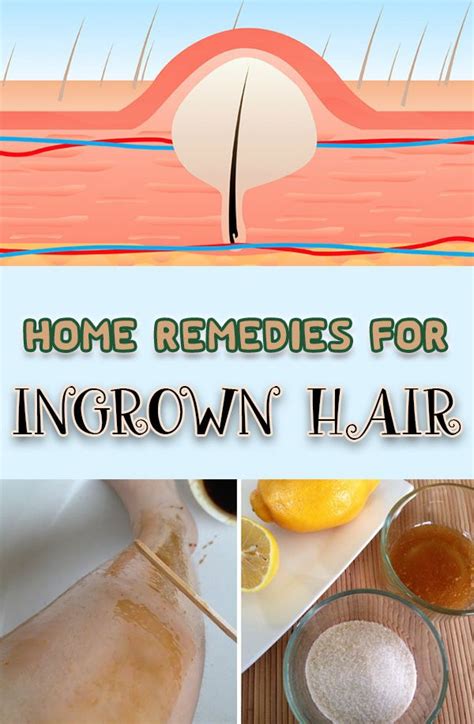
The Path to a Smooth, Professional Look
Preventing razor burn and ingrown hairs is a journey that involves consistent care and attention to detail. By committing to proper pre-shave preparation, refining your shaving technique, and following through with soothing post-shave care, you can eliminate these irritations from your routine. Embrace these practices, and you’ll not only achieve a consistently sharp and professional look but also enjoy the comfort of healthy, irritation-free skin.
